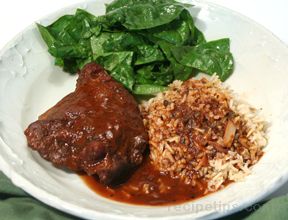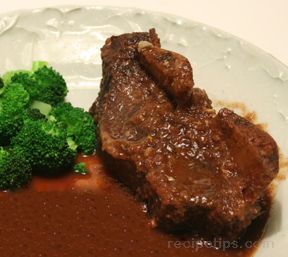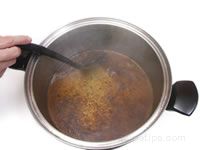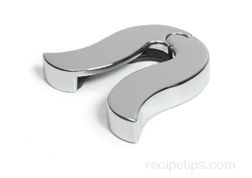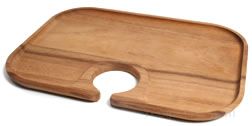Similar Content to: Vintage Wine (wine)
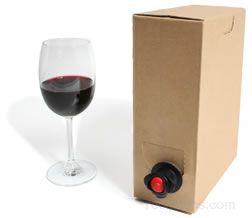
Some of the key elements of Box Wine that initially made it less expensive included: 1) the soils used to raise the grapes; 2) the methods of harvesting; and 3) the aging process. Box Wine is made from grapes grown on quality soils, making it easier to grow vines with larger numbers of grapes. Since lighter soils provide more stress to grape vines resulting in more complex flavors from the grapes that do develop, the grapes grown for Box Wines are less complex, less flavorful, and generally require some sweetening to enhance the taste. Harvesting of grapes for Box Wine is undertaken with mechanization rather than hand gathering. Therefore, the inspection and rejection process are simplified and less intense to insure higher quality fruit. Aging of the wine is shortened if undertaken at all while some of the other processes are similarly lessened or eliminated since the grapes harvested for bulk wines are not as complex thus, requiring less of the classic wine development techniques employed on finer wines. However, as the interest and value of the product has grown with consumers, more wine manufacturers have begun to offer higher quality premium varietals in various types of boxes. Key to this offering is the ability to keep wine fresh for over a month, the portable aspect of taking wine to gatherings or events, and the savings in freight and packaging which have all encouraged continued use of the Cask Wines.






